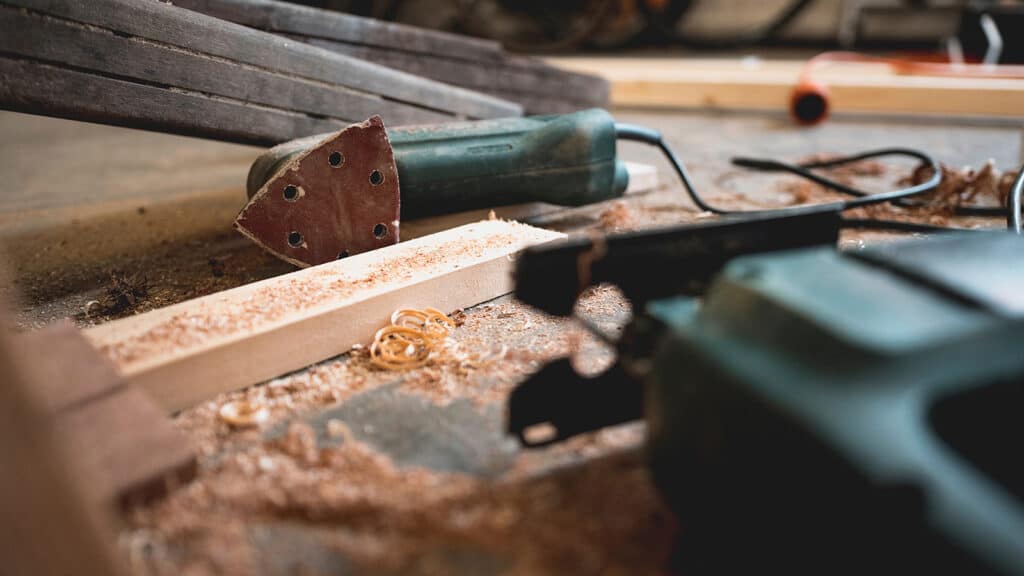
Share
The Dirt on Dust
Dust collection isn’t a luxury, it is a necessity. Here is why.
Wood Dust
When working with wood using hand or power tools, wood chunks, chips, slivers and fine dust is created. Few hobbyists realize just how much fine dust is generated and how damaging the inhalation of this fine dust is to our health.
Under high magnification, the structure of wood resembles big bundles of fine glass tubes. This makes sense because wood gets much of its strength from silica, a material commonly used to make glass. The use of hand tool blades, bits, cutters and sandpaper on wood explode these fine tubes creating visible wood debris and huge numbers of very fine dust particles that are invisible to the human eye. For example, the sharpest hand plane can make a perfect spiral shaving with no visible dust; however, a particle meter reads huge amounts of fine particle materials that have been launched into the air. Inhalation of this fine, invisible airborne wood dust not only affects us in the confines of our garage, basement or workshop, but can harm all those close to us, including our pets, since it is quickly and easily transported on our hair, skin, and clothes.

Hazards
Wood dust poses both particle and chemical risks. Peer reviewed medical studies show that every exposure to fine dust particle material (PM) causes a measurable loss in respiratory capacity. Some of this loss becomes permanent, with greater health damage associated with higher fine dust exposure levels. A Google search on “PM Health Risks” provides a staggering number of references.
The good news is our bodies typically have a significant amount of extra respiratory capacity and the damage per fine dust exposure is so small that unless you have some other reaction, it takes most people years to notice the aggregate health damage. The bad new is this damage causes serious respiratory problems and worsens age related diseases.
Trees naturally produce harsh chemicals to protect themselves from predators. Processed wood carries other man-made chemicals such as pesticides, insecticides, herbicides, finishes, etc. that can be quite toxic. Alone or in combination, these chemicals can cause irritation, sensitization (i.e. worsening allergic reactions), poisoning, and even increase cancer risks. For a listing of woods and their toxicity rating, please view the Wood Toxicity Table found on Bill Pentz’s web page.

